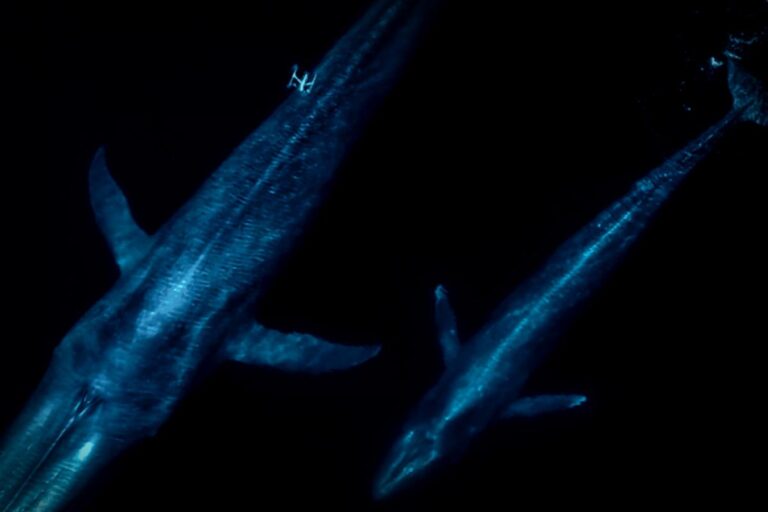Forget birds, planes, or even Superman—what was spotted in Western Australia’s Pilbara region is something that really caught attention! Initially thought to be an odd piece of space debris, this smoking scrap of metal is under examination, and experts think it might just have a more earthly past.
It all started on October 18, around 2 p.m., when workers at a mine noticed the smoky object along a remote road, about 19 miles away from Newman. It’s important to clarify—this isn’t wreckage from a commercial aircraft. Early evaluations of the mysterious find suggest that it’s made of carbon fiber.
According to a social media post from the Australian Space Agency, they’re leaning towards the idea that what they found might be part of a propellant tank or pressure vessel from a space launch vehicle.
Acting Pilbara Superintendent Les Andrews mentioned he used artificial intelligence tools to kick off the investigation. “We explored a few other theories, but they didn’t hold up. So, after running an A.I. analysis on a picture, the insights led us to focus on possibly space debris re-entering the atmosphere,” he explained.
Since the discovery kicked off, the speculation about the lost chunk of metal has started heating up. Many think it could actually originate from a Chinese rocket. Space archaeologist Alice Gorman from Flinders University shared with The Guardian that it looks a lot like the fourth stage of a Jielong rocket, which China launched in late September. Rocket stages are critical for getting payloads into space and usually detach after fulfilling their role.
“If it’s the one from September 25, that means it’s been chilling in orbit for a little while before it suddenly dropped down on us,” she stated. According to her, the unpredictable re-entry took everyone by surprise. “I was checking for any re-entry predictions and came up empty—definitely a sign that no one expected it to happen!”
Another expert, Steven Tingay, head of the Curtin Institute of Radio Astronomy, expressed some doubts, believing it’s premature to jump to conclusions about its origins.
“There’s a lot of virtual chatter regarding this online. Sure, that theory might be credible, but we would need rock-solid evidence tracing it back to any specific launching body,” Tingay explained. Officials are wise to avoid throwing around blame toward any one country.
As it turns out, Earth’s orbit is getting pretty cluttered with junk—contaminated bits left over from numerous missions. A recent European Space Agency report points out that this junk poses real problems for the environment around our planet.
This ongoing investigation is bound to ignite further discussions about the increasing risks tied to crowded space traffic and what we might face as more missions continue!



















